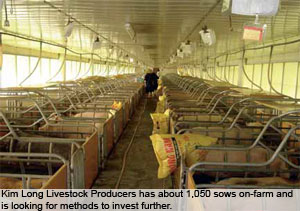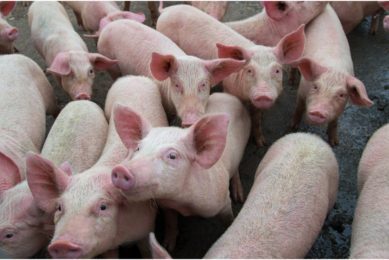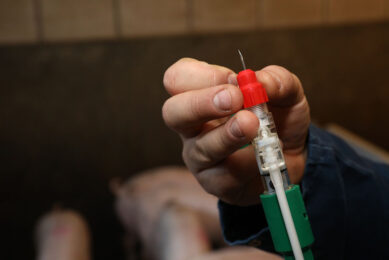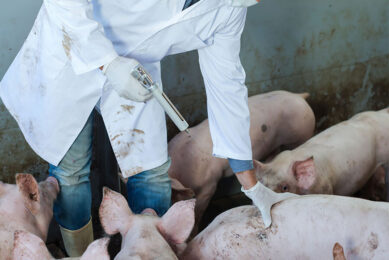Vietnamese farmers finding ways for expansion

The Vietnamese pig industry has a mixture of larger and smaller pig operations – and especially for the smaller farms the communist world requires clever approaches to be able to obtain investment sums. Pig Progress visited three thriving pig sites with plans to expand.
By Stuart Lumb
Vietnam has the fourth largest swine industry in the world, with 4 million sows – hardly surprising as most Vietnamese prefer a bowl of pork and noodles for breakfast. The industry is an amazing one, with many large intensive units at one end of the spectrum, whilst at the other there are vast numbers of small backyard operators, making up about 30% of the total pig farm numbers.
The large number of small units poses a big headache to government authorities in terms of monitoring them should a major disease break out. Several large Asian integrators have established in Vietnam and they are seen as a threat to the many small family-run operations, as the integrators – by nature of their business, by being both feed compounders and pig producers – are better able to withstand the ups and downs of the pig cycle, as opposed to small independent pig farmers.
Dabaco & Mitraco Farms
|
Kim Long
Chung Kim is the director of Kim Long Livestock Producers and Feed Processing Company, which runs a 1,050 sow farm in Binh Duong Province. The company is a private one, as are many in Vietnam, despite the fact that Vietnam is still nominally a communist country. In fact, the bulk of farms are still government-owned, plus to further complicate the issue, there are many joint ventures operating as well.
Kim is a passionate supporter of the small family farm and has set up a pig farmers’ association in order to lobby the government and the banks. “The government says that the farmer can get credit from the banks, but the banks won’t lend,” explains Kim. “Our association has more power than an individual small farmer which we can use to get the banks to lend.”
With regard to his unit, overall pigs reared per sow per year stands at 22. His pigs reach slaughterweight of 95 kg at 165 days. He employs an extensive cross-breeding policy, based on Landrace, Yorkshire, Piétrain and Duroc genes. Kim has ‘broad shoulders’ – prior to 2006 he lost US$1 million, but fortunately his pigs are now back in profit.
This article became possible through kind cooperation of Olmix.











